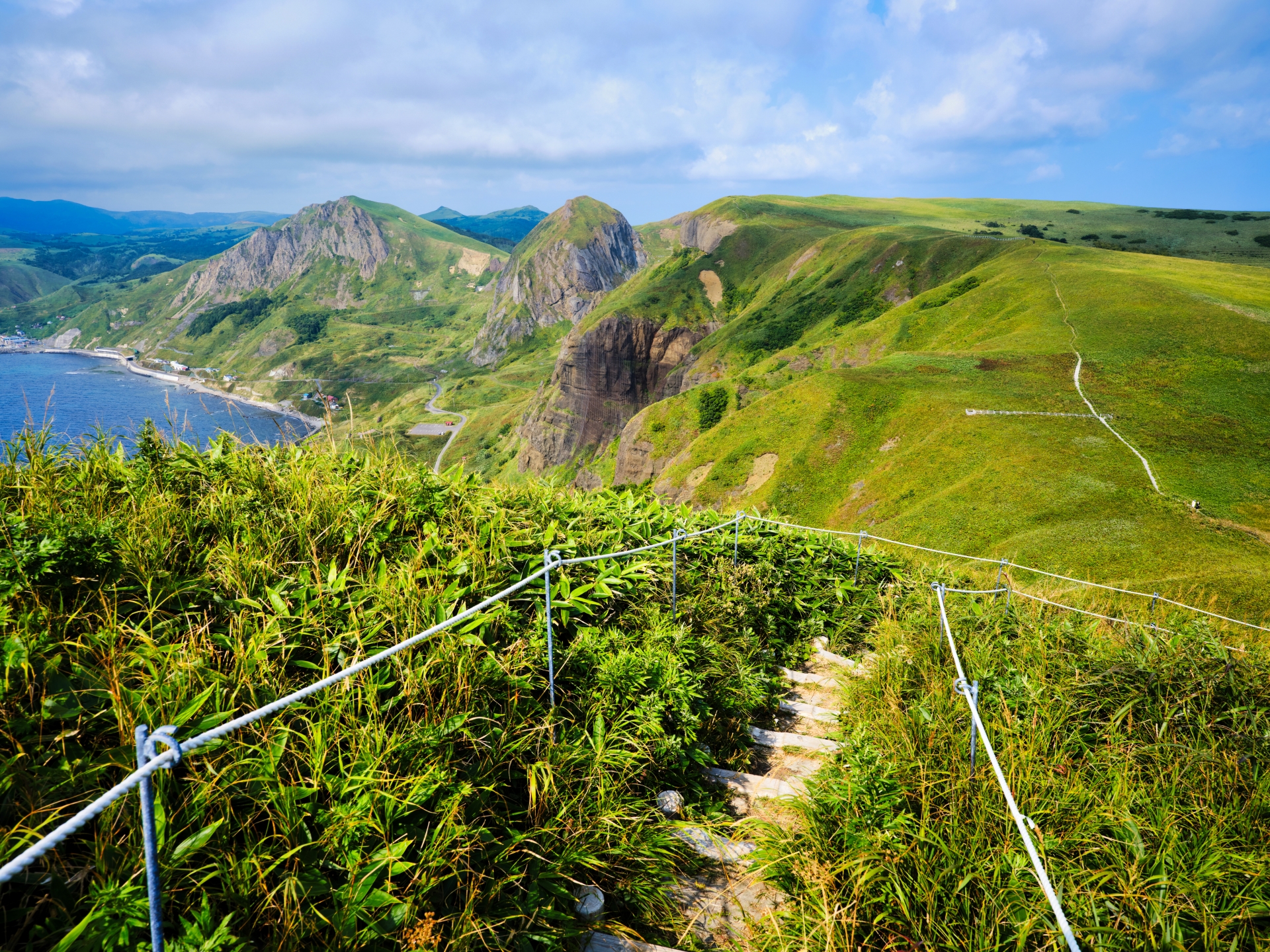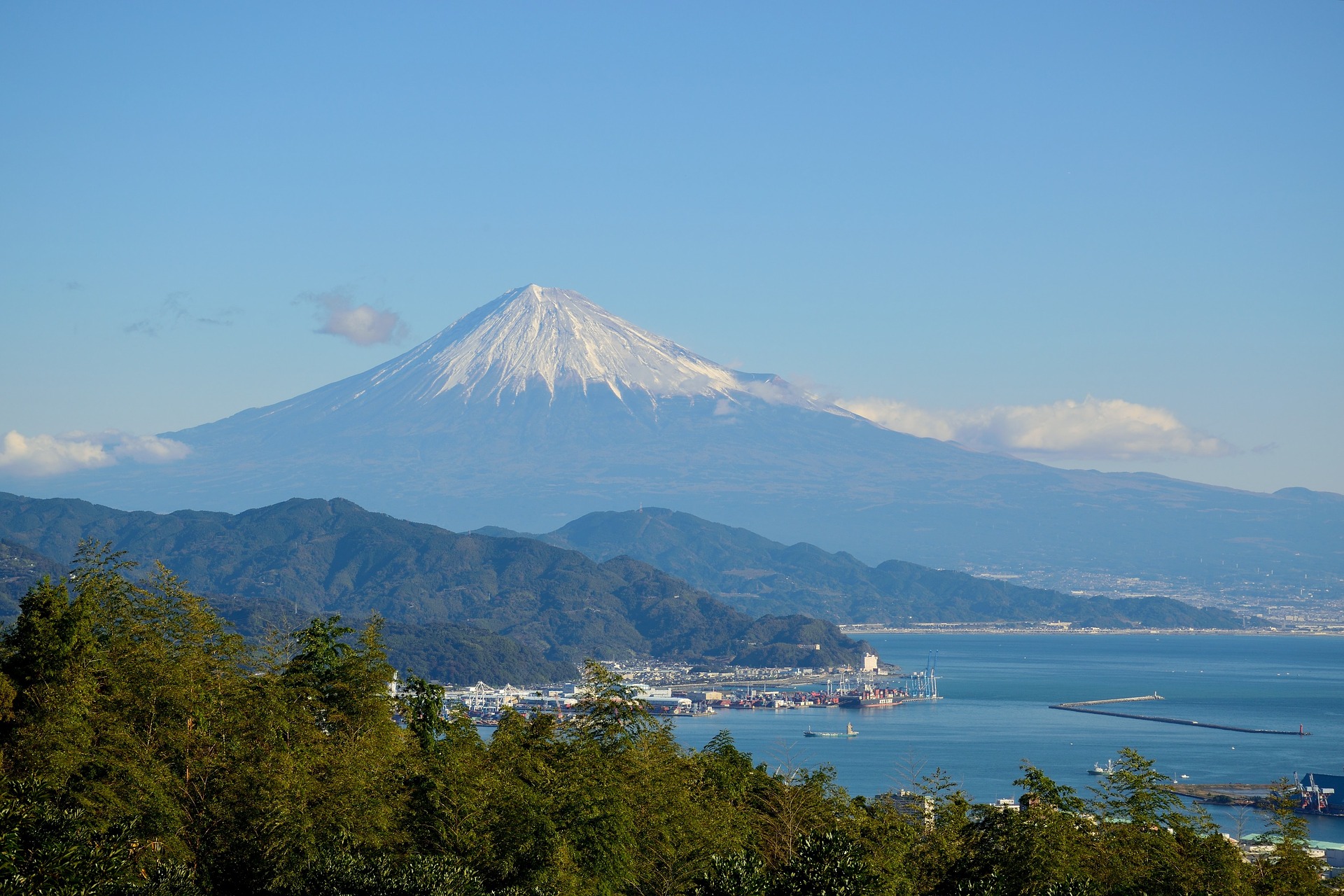When the pandemic brought international tourism to a grinding halt in 2020, the tourism industry saw a good opportunity to re-evaluate how to come back better and stronger. 2019 was the best year for tourism in Japan in terms of numbers until then, but the great number of tourists admittedly also brought some issues with them. This is why once the Japanese borders open to international tourists again, sustainable tourism in Japan will be a hot topic. There are many ways to practice sustainable tourism in Japan, and we’d like to give you some good ideas!
What is Sustainable Tourism?
Sustainable tourism has to do with several factors. First of all, there is the environmental factor. We all know that flying produces a burden on the environment through CO2 emissions. One thing you can do to offset your CO2 emission is to support programs that plant a tree for a flight you took. Another thing you can do is to travel as eco-friendly as possible once you get to your destination. It is good to take the train while in Japan, which can be fast, economic, and comfortable.
Another pillar of sustainable tourism is making your impact as a visitor a positive one for the local communities you visit. To avoid overcrowding in popular areas, go for hidden gems that are off the beaten tracks but offer a similar experience to the more famous places, and visit highlights during off hours. Bring your my-bottle and not trying to use amenities in hotels are also nice actions. Also, Supporting small local businesses is another way to make a positive impact on your stay. Private guides can help you plan a day in their city doing just that. And lastly, doing low-impact activities such as hiking or cycling also helps keep your ecological footprint small.
Recommended article: 10 Best Sustainable and Eco-friendly Hotels in Tokyo
River Rafting in Gunma
One of the most exciting low-impact activities you can do in Japan is white river rafting. Because Japan is very mountainous, there are several areas in Japan where the rivers stream wild enough to offer great rafting opportunities. Not so far from Tokyo in Gunma prefecture, you can find ample places in nature where you can truly take a break from city life. People from all over the area come to Gunma to recharge their batteries with some ‘forest bathing’ and actual onsen bathing afterward.
A town called Minakami is the best spot to go for rafting in Gunma because of the Tone river that streams right through the village. There are several companies that organize rafting tours, and the best time to go rafting here depends on your expertise level. If you are a beginner, the summer months are best because the flow of the river is slower than during other times of the year. But if you are looking for a bit more action and have experience with rafting, you should go in May or June when water flows generously from the mountains in a stretch of 12km.
▶Book Minakami Half-Day Rafting Adventure
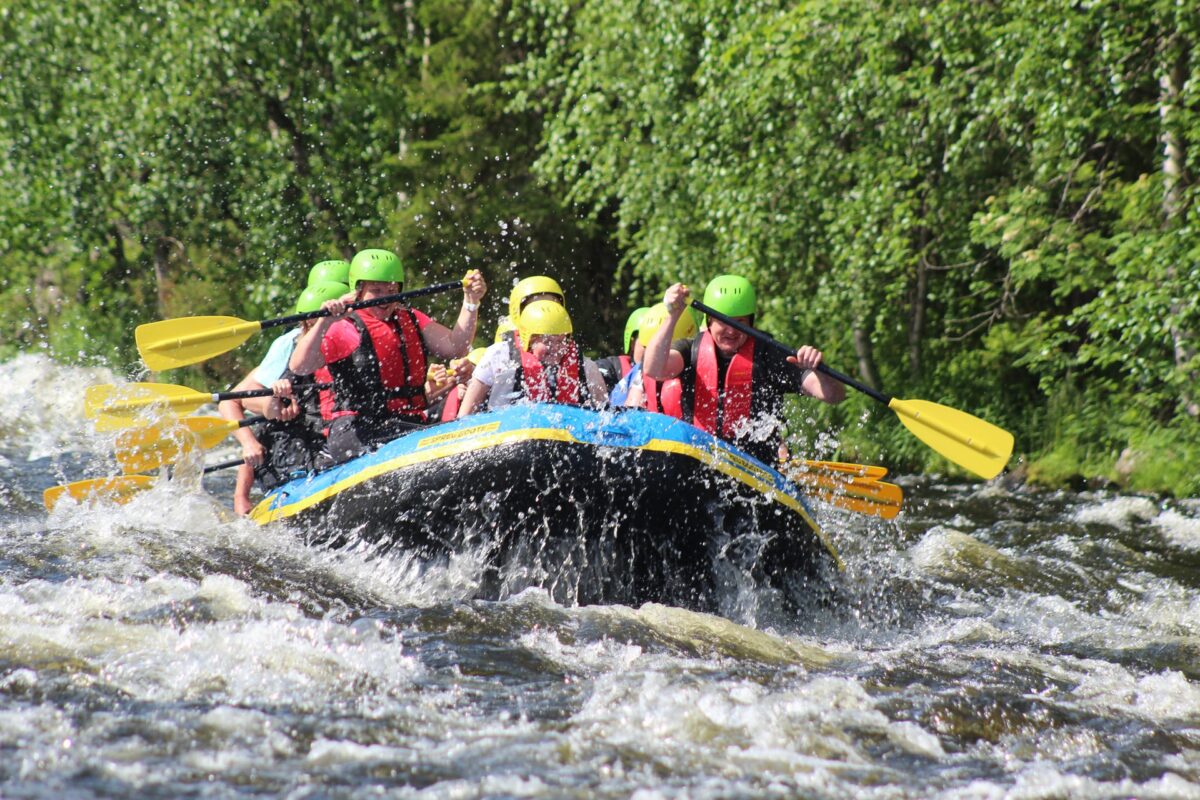
Hiking
Hiking is another destination-friendly activity, and luckily there are plenty of amazing hiking opportunities all over Japan. But one of the best areas for great hiking trails would be the Kumano Kodo in Kansai. Having a history as a pilgrimage route, the Kumano Kodo has many important spiritual sites as well, one of the most famous ones being the Nachi no Taki waterfall.
Because there are multiple tracks to choose from, you can go for a one-day hike or challenge yourself to a multi-day trek. One of the best parts about doing overnight hikes is the stay in one of the charming traditional accommodations along the way. And if you are doing one of the more difficult hikes, you will likely have the path to yourself most of the time. A wonderful way to truly get refreshed and away from the crowds!
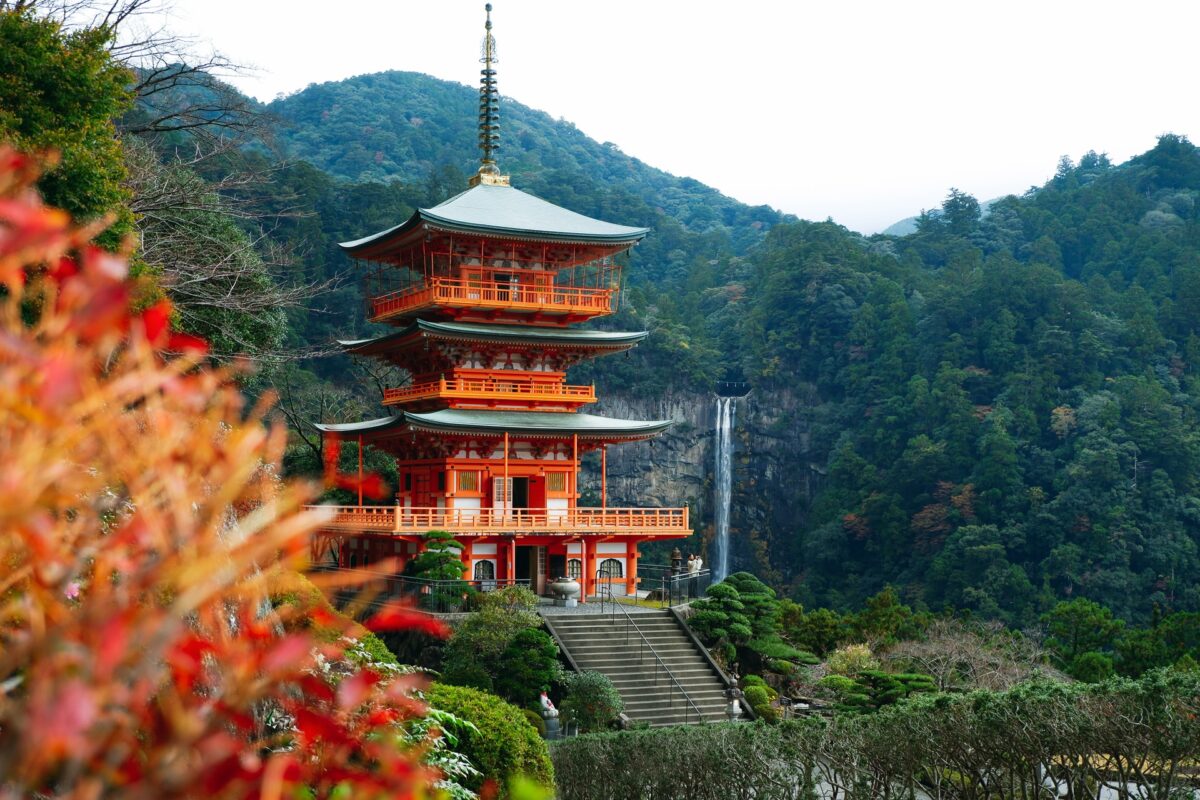
Mountain Climbing
Just like hiking, mountain climbing is another low-impact activity that can be a part of a sustainable trip. You need to be a bit more physically fit for this one, so it is good to prepare yourself a bit if you are planning to do some more serious mountaineering in Japan. There are many mountains to choose from, but if you’re only in Japan for a limited time and can choose one mountain to climb, it is going to have to be Mt Fuji.
You will be surprised by the diversity of people who climb Mt Fuji every year, as it is done by kids from around age 8 as well as senior citizens in their late 70s and everyone in between. Keep in mind that Mt Fuji can only be climbed in-season which runs from early July to mid-September. One other thing you should not forget is that the very best thing about climbing Mt Fuji is to see the sunrise, so it is a good idea to start climbing in the evening, spend the night in a mountain hut, and then wake up early to see the sunrise from the summit.
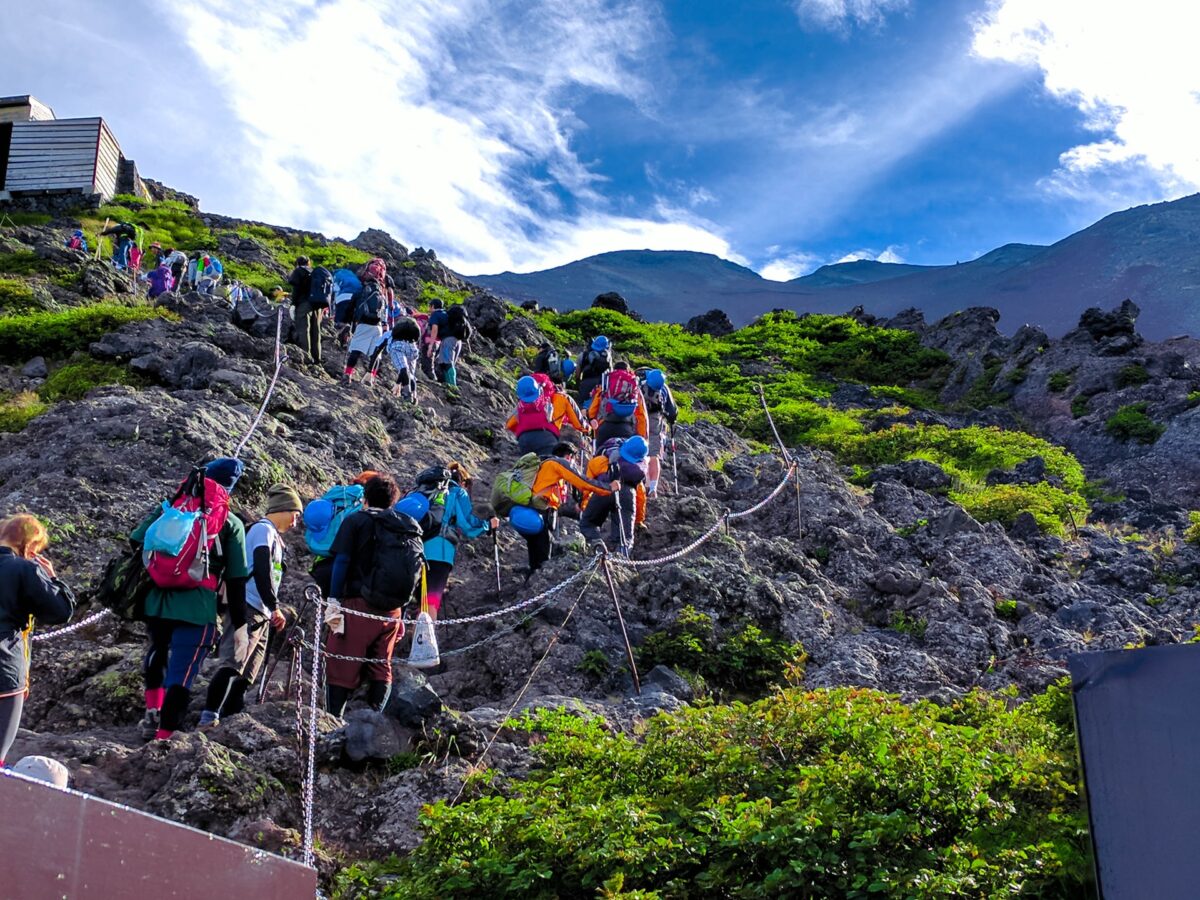
Hot Springs
Another great way to enjoy Japan’s geography is the natural hot springs, or onsen, that you can find all over the country. If you’re looking for a nice hot spring trip near Tokyo, Hakone is one of the best places to go. Because it is located right next to a very active volcano.

Scuba Diving and Snorkeling
Watersports are not the first thing that comes to mind when you think about Japan, but some of the best scuba diving and snorkeling in the world can be done in Okinawa. Fitting in the sustainable tourism category because of its low impact on the environment and great education about the importance of our oceans it brings diving and snorkeling suit well on anyone’s Japan itinerary.
Okinawa Main Island’s best place to go is the Blue Cave in Onna, and if you have the chance to visit the other islands as well then Miyakojima and Ishigaki are famous for their amazing underwater world. If you are staying in Honshu, you can find good diving and snorkeling opportunities on the Izu Peninsula and the Izu island group.

Textile Culture
Learning more about artisans and their products when you visit another country helps local communities keep their traditional crafts alive. Japan is home to many beautiful artisanal products such as lacquerware, Japanese pottery, knives, and different kinds of textiles. The small town of Kiryu in Gunma prefecture has a long tradition of making silk fabrics that goes back all the way to the 9th century. The old town has been preserved, and many buildings related to the silk industry can still be seen here today.
Kiryu welcomes tourists and the people here are happy to share their culture and crafts with you. Because it is a few hours away from Tokyo and not on the most famous tourist routes, you won’t see many international tourists here making it a nice off-the-beaten-path destination to learn more about Japan’s old traditions and culture.
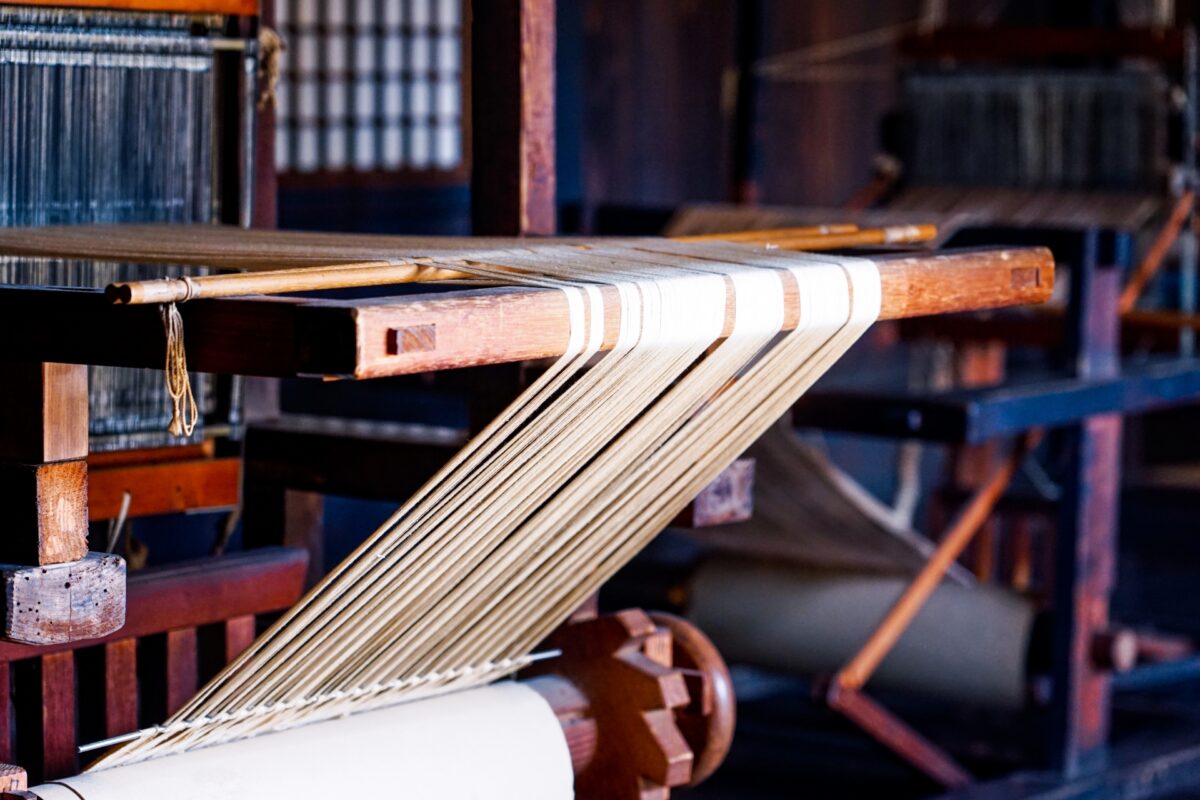
Sustainable Tourism in the Ogasawara Islands
The Ogasawara Islands (also known as the Bonin Islands) used to be a prison but are nothing short of paradise these days. Located around 1000km south of Tokyo, they are considered remote islands. Because ecosystems are fragile on small islands and the government wants to protect the Ogasawara Islands and its unique flora and fauna, there are rules for all visitors to adhere to. When you stick to the rules, you can be sure that your trip has been an eco-friendly one.
Certain areas can only be entered with guides, you can’t take any animal or plant off the island, and animals can be admired from a bit of a distance but can’t be disturbed. For a complete overview of the rules in English, you can check out the Ogasawara rulebook.
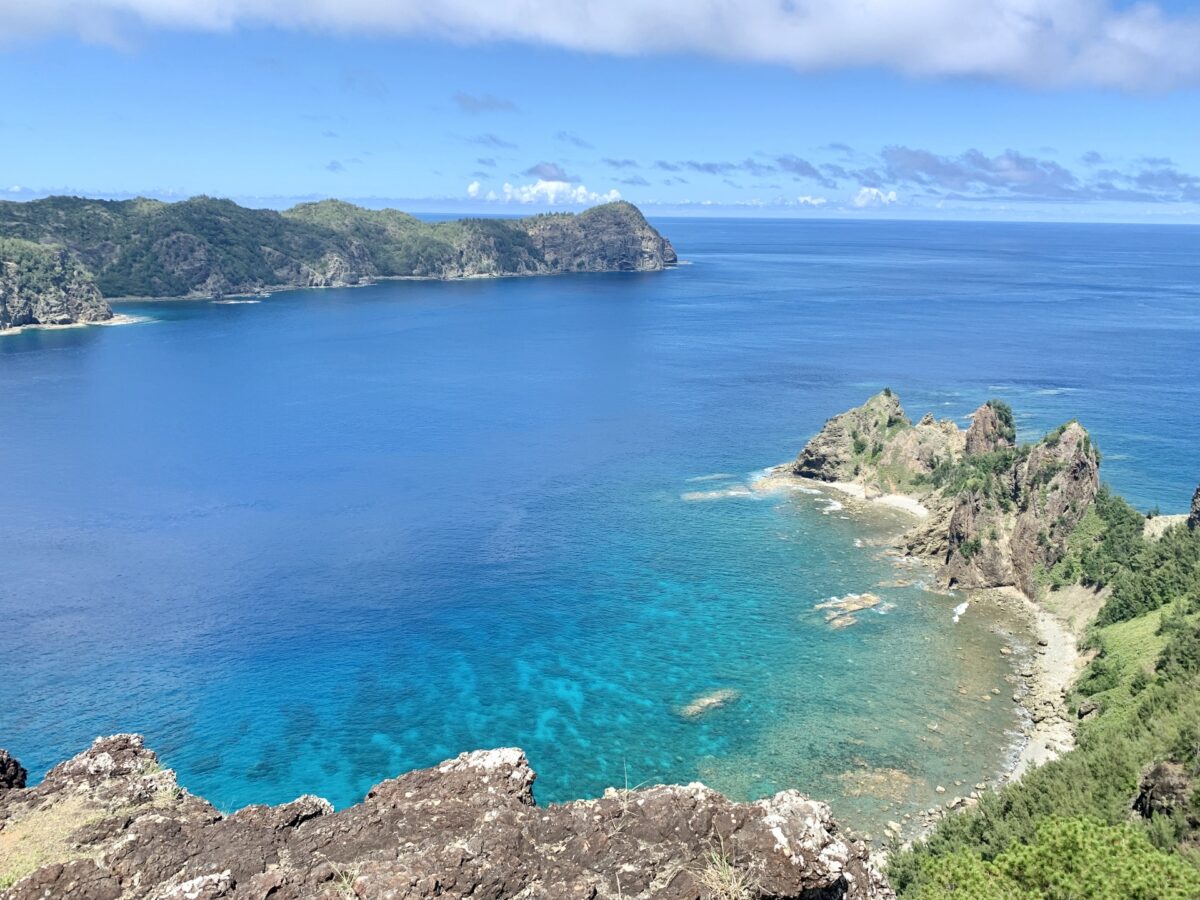
Sustainable Travel to Japan
Even though you will likely need to take a long flight to get to Japan, there are many ways to enjoy an eco-friendly Japan trip. People who have enjoyed the joy that nature has to offer, are also more likely to want to adjust their behavior in their daily life to preserve nature.
Doing private tours with local guides makes your trip sustainable in multiple manners: you are supporting local freelance workers, private guides often make use of public transportation, and they can take you to smaller local businesses for lunch or souvenirs to support the community. Another great advantage is that they can help you get off the beaten path, making a contribution to lessen overcrowding at popular destinations. So don’t hesitate and check out our private tours in Tokyo, Kyoto, Osaka, and other places!
Follow us on Instagram, Facebook and Twitter for more travel inspiration. Or tag us to get featured!
Happy traveling!
Other articles you might be interested in

Stefanie Akkerman moved from the Netherlands to Japan in 2013 with her Japanese husband and son. She jumped into the niche of Dutch tour guiding in Tokyo and Kamakura in 2015 and occasionally writes articles about all the great sights and activities Japan has to offer. She loves (Japanese) food, and to work that all off she goes diving, snorkeling, cycling, or hiking.
This post may contain some affiliate links. When you click through and make a purchase we may receive some commission, at no extra cost to you.
